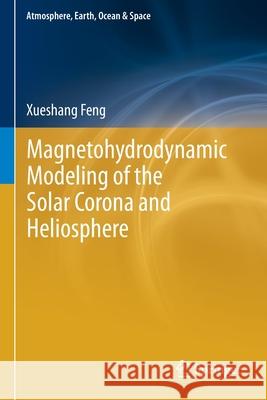Magnetohydrodynamic Modeling of the Solar Corona and Heliosphere » książka
topmenu
Magnetohydrodynamic Modeling of the Solar Corona and Heliosphere
ISBN-13: 9789811390838 / Angielski / Miękka / 2020 / 772 str.
Magnetohydrodynamic Modeling of the Solar Corona and Heliosphere
ISBN-13: 9789811390838 / Angielski / Miękka / 2020 / 772 str.
cena 545,99 zł
(netto: 519,99 VAT: 5%)
Najniższa cena z 30 dni: 539,74 zł
(netto: 519,99 VAT: 5%)
Najniższa cena z 30 dni: 539,74 zł
Termin realizacji zamówienia:
ok. 20 dni roboczych.
ok. 20 dni roboczych.
Darmowa dostawa!
Kategorie BISAC:
Wydawca:
Springer
Język:
Angielski
ISBN-13:
9789811390838
Rok wydania:
2020
Wydanie:
2020
Numer serii:
000918366
Ilość stron:
772
Waga:
1.08 kg
Wymiary:
23.39 x 15.6 x 4.01
Oprawa:
Miękka
Wolumenów:
01
Dodatkowe informacje:
Wydanie ilustrowane











